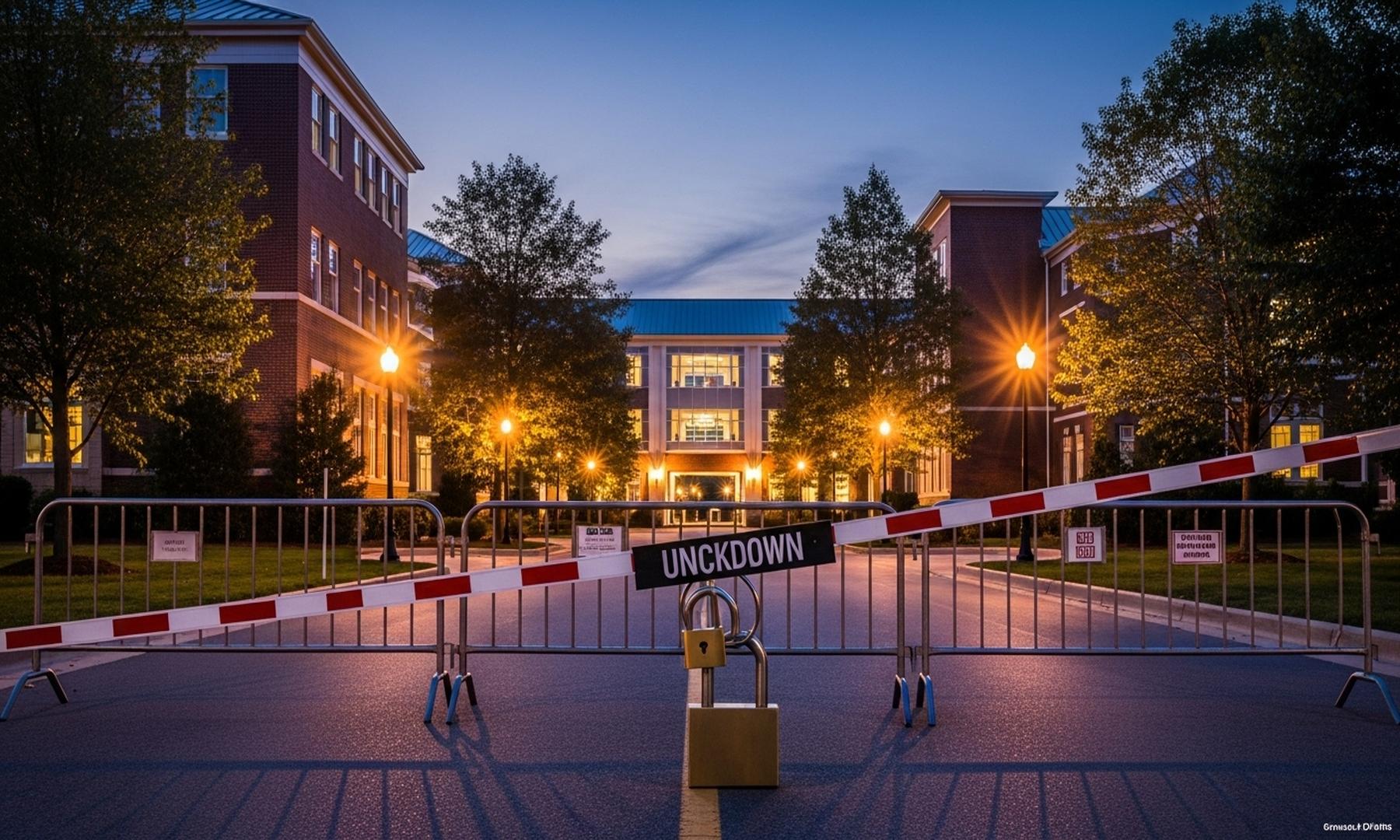What's Happening?
The sun is entering a turbulent decline phase in its 11-year solar cycle, which could lead to stronger auroras and geomagnetic storms on Earth. Space weather physicist Tamitha Skov describes this period as the sun's 'last gasp,' potentially triggering powerful geomagnetic storms. Despite the solar maximum having passed, the declining phase is expected to be particularly active for aurora chasers due to the increased presence of coronal holes, which release high-speed solar wind. This phase may result in more frequent geomagnetic storms, providing multiple nights of aurora displays. The overlap between the cycle's 'light side,' dominated by eruptions, and its 'dark side,' dominated by coronal holes, creates a complex space environment that can impact Earth's magnetic field.
Why It's Important?
The increased geomagnetic activity during the sun's decline phase has significant implications for technology and communication systems. Prolonged radiation and geomagnetic storms can interfere with GPS networks, disrupt radio signals, and damage spacecraft. For aurora enthusiasts, this period offers the potential for spectacular displays, with the possibility of seeing auroras at lower latitudes than usual. The sun's 'last gasp' could lead to extreme geomagnetic storms, classified as G5 events, which are capable of producing auroras deep into mid-latitudes. This period presents both challenges and opportunities, affecting industries reliant on satellite technology while providing unique experiences for skywatchers.
What's Next?
As the sun continues its decline, scientists anticipate the emergence of complex sunspot groups that could drive powerful eruptions. These events may lead to extended geomagnetic storms, offering prolonged opportunities for aurora viewing. The potential for a dramatic 'last gasp' from the sun suggests that aurora hunters may experience some of the most intense displays in the coming years. Stakeholders in satellite and communication industries will need to prepare for potential disruptions caused by these geomagnetic storms. Monitoring solar activity will be crucial to anticipate and mitigate the impacts on technology and infrastructure.
Beyond the Headlines
The sun's decline phase highlights the dynamic nature of space weather and its impact on Earth. The interplay between solar eruptions and coronal holes during this period underscores the complexity of predicting geomagnetic activity. The potential for extended aurora displays offers cultural and scientific opportunities, encouraging interest in astrotourism and space weather research. Understanding the sun's behavior during this phase can provide insights into solar cycles and their effects on Earth's environment, contributing to advancements in space weather forecasting and preparedness.












